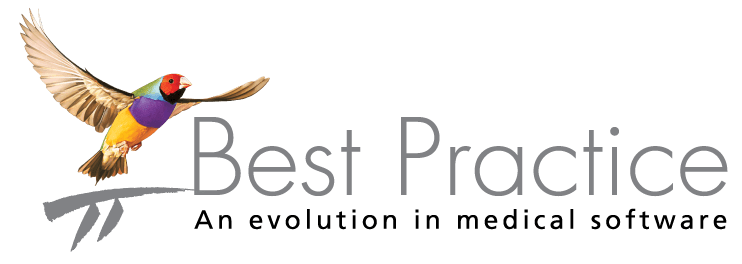A core part of healthcare in Australia today is communication between healthcare providers. However many of these sensitive communications are taking place via unsecure channels, or through channels that aren’t compatible, leading to a breakdown of communication, poor health outcomes and inefficiencies.
To solve this challenge, a national initiative has been introduced to transform the way health information is exchanged in Australia. A key goal of the initiative is to equip healthcare providers with the ability to communicate with other professionals utilising secure messaging via their integrated practice management system. This will result in reduced dependency on unsecure channels such as paper-based correspondence, fax machine or post.
Here’s what you need to know about secure messaging – what it is, why it’s important, how it will impact practices and the timeline for implementation.
What is Secure Messaging?
Secure messaging enables the encrypted electronic exchange of patient healthcare information between healthcare providers. Point-to-point delivery of messages such as discharge summaries, referrals, requests and results represent the typical use case.
The electronic message is encrypted by the sender and decrypted by the receiver and therefore cannot be read if intercepted in transit.
Software vendors and their solutions, built to facilitate secure message delivery, are well established in Australasia, some with over 25 years in the market.
It’s fair to say that the majority of practices have had some exposure to secure message service providers (eg, Telstra Health Argus, Healthlink, Medical Objects and ReferralNet) and may even have more than one service enabled.
Why Does Secure Messaging Matter?
In a shared care environment, where it is necessary to exchange healthcare information, secure messaging ensures that the highest level of security and privacy is maintained. Protecting a patient’s sensitive, healthcare information and in alignment with the Privacy Act 1988. In addition, the benefits of exchanging data electronically and securely include speed, efficiency, lower risk and reduced cost.
A collaborative, nationwide approach to unify secure messaging providers is crucial to providing a seamless healthcare journey for patients, and for enabling simple and easy communication amongst healthcare providers.
Isn’t Secure Messaging Already In Place?
Imagine for a moment if our telephone service providers weren’t interoperable, for example your phone network wasn’t able to call someone you know who subscribes to another phone network. How effective would our telephone system be if this were the case? To date, we are in somewhat of a similar situation with secure messaging.
Despite the widespread adoption of secure messaging, the individual secure messaging service providers have approached messaging differently, resulting in incompatibility in many instances. The lack of interoperability has resulted in fragmented systems and communication.
Furthermore, messages and referrals generated by practitioners are often limited to providers listed in their local address book or directory, making it time consuming to locate contact details for providers outside their normal referral network. The above method also relies on the provider information being kept up to date by the practice, often leading to inaccurate information, possibly even providers that are no longer in operation.
What is Changing?
The Australian Digital Health Agency is leading a program of change, to enhance interoperability standards for secure messaging. This initiative is in direct support of the National Digital Health Strategy, to reduce barriers to using secure electronic exchange of health data and ensure interoperability between technologies. Two key changes will take place as part of this initiative.
First is the introduction of a federated provider directory capability, enabling clinical information systems and secure messaging delivery systems to search cross-directory to find accurate, trusted and validated healthcare provider electronic addresses.
Second, software providers are enhancing the message exchange format to meet an agreed standardized specification for message content – streamlined to improve interoperability across disparate service providers and clinical systems.
How is Best Practice Software Getting Involved?
Best Practice Software has actively participated in the collaboration between software providers and government bodies, to define interoperability standards for secure messaging solutions.
The development to enhance secure messaging and be conformant to the ADHA specification is currently in testing phase and the enhanced functionality will be available in Bp Premier Saffron and VIP.net Ruby SP3 in the coming months.
When Will Enhanced Secure Messaging be Available More Widely?
There are 42 software organisations taking part in the ADHA secure messaging enhancement initiative, the change program is scheduled to conclude this October so there are certainly exciting times ahead for improved data workflows and efficiencies!
Authored by:
Monica Reed
Manager, Commercial & Customer Enablement at Best Practice Software


